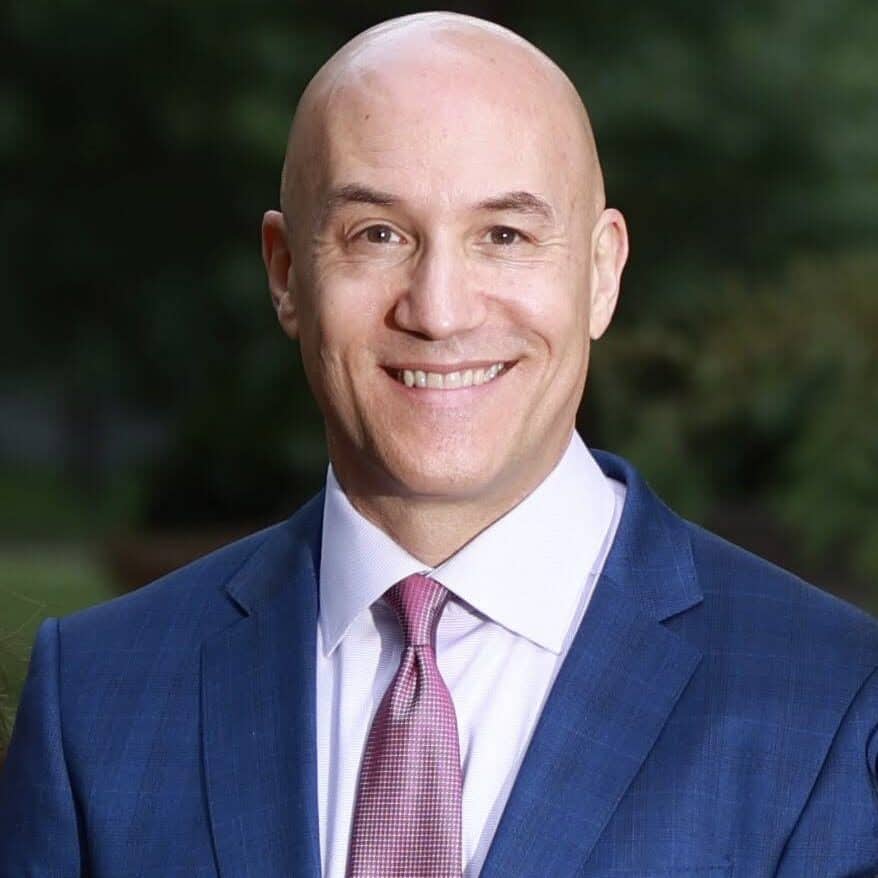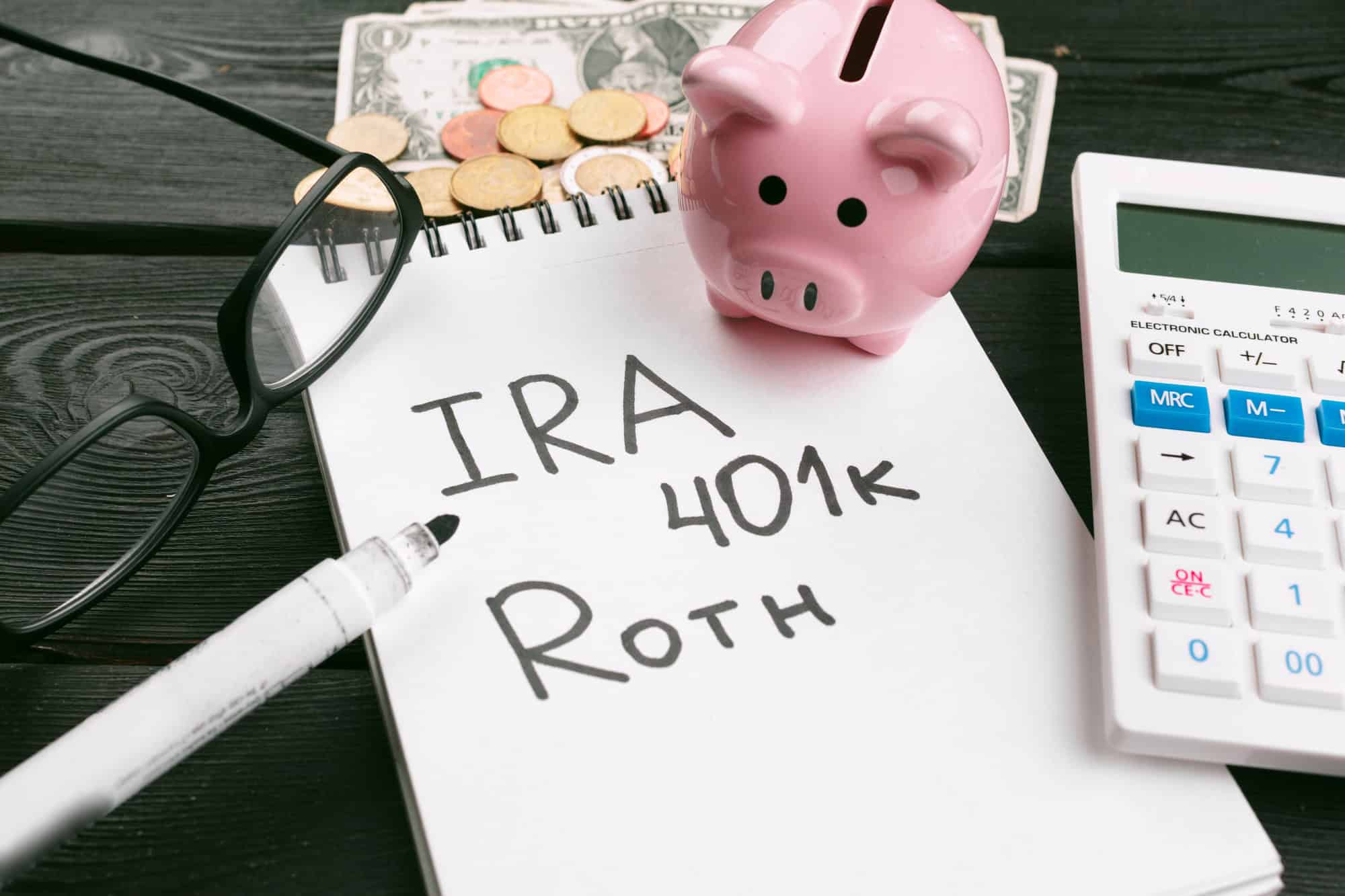Wealthtender is a trusted, independent financial directory and educational resource governed by our strict Editorial Policy, Integrity Standards, and Terms of Use. While we receive compensation from featured professionals (a natural conflict of interest), we always operate with integrity and transparency to earn your trust. Wealthtender is not a client of these providers.

Depending upon your situation, there could be up to five available options for managing a prior employer’s retirement plan:
Maintain Your Previous Employer’s Plan
If you have a substantial amount saved and like your plan’s investment choices, then leaving your 401(k) with a previous employer may be a good idea. This is particularly beneficial if you are comfortable directing your own investments, and the fees will be lower than a professionally managed account. And if you left your job at age 55 or older, you can take penalty-free withdrawals. However, if you are likely to forget about the account or are not particularly impressed with the plan’s investment options, there are several options to consider.
Rollover to New Employer’s Plan
If rollovers are permitted into a new employer’s plan, that allows you to consolidate your retirement accounts and pay a lower fee than a managed account. Rollovers can be done as direct transfer (custodian to custodian) or an indirect rollover (check mailed to you). If funds are sent to you, they must be re-deposited within 60 days window to avoid tax penalties. You may be able to defer required minimum distributions (RMD) even if you are still working after age 72. A rollover into your new employer’s plan may also allow you to take advantage of loan and hardship withdrawals, if offered.
Rollover to a Self-Managed Traditional or Roth IRA
If you are not moving to a new employer or if your new employer does not offer a retirement plan, you can roll the retirement savings into an Individual Retirement Account (IRA) and manage this yourself. This generally provides a broader range of investment choices than an employer’s plan and will be lower in fees than having a professional manage it for you. If you are under the age of 59½, you can withdraw money penalty-free for a qualifying first-time home purchase or higher education expenses.
If you have employer stock in your 401k, it may make sense to utilize a Net Unrealized Appreciation (NUA) tax strategy for more favorable tax treatment. This will need to be balanced with concentration issues. If you’re close to retirement and the stock has significant capital gains, you would not want to roll it over.
Rollover to a Professionally Managed IRA
If you are not comfortable managing your own investments, a financial professional can manage the account and help choose investments and allocations tailored to meet your goals, risk tolerance and time horizon. This could also help to reduce overlap if you have multiple investment accounts. However, there will be higher investment and management fees, so consider that as part of your net returns.
Take a Cash Distribution
If you choose to take a cash distribution, withdrawals before 59½ will be taxed as ordinary income and may be subject to a 10% early withdrawal penalty. It also eliminates tax-deferred growth and may impact having enough for retirement.
This article reflects the insights and opinions of its author and is not a recommendation or endorsement of their views or services.
About the Author

John Foligno, CMC® | Grand Life Financial
Wealthtender is a trusted, independent financial directory and educational resource governed by our strict Editorial Policy, Integrity Standards, and Terms of Use. While we receive compensation from featured professionals (a natural conflict of interest), we always operate with integrity and transparency to earn your trust. Wealthtender is not a client of these providers.

